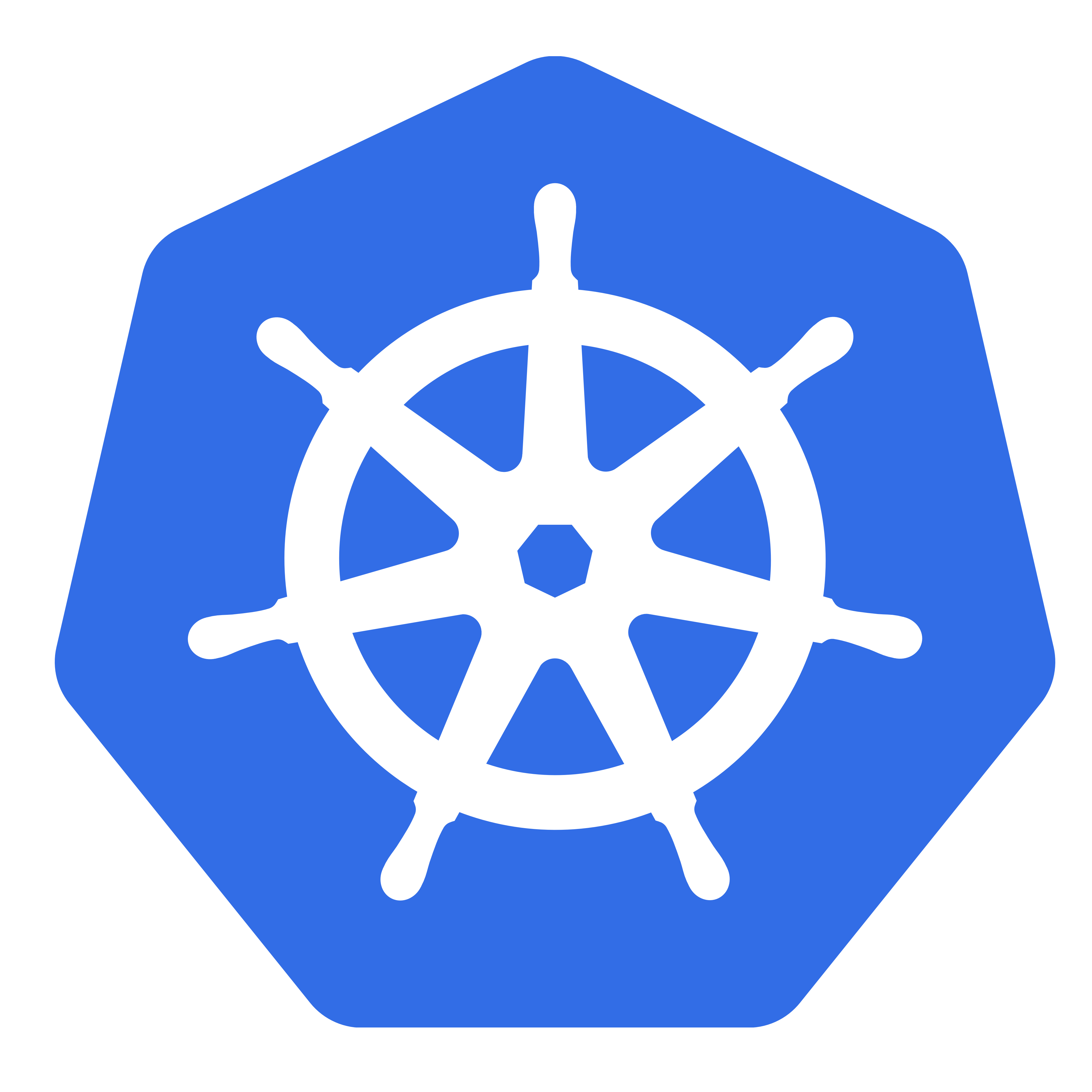
Kubernetes Command-Line Basics
with kubectl
bit.ly/k8s-kubectl
Overview
Why Kubernetes?

Kubernetes is...
- An open source platform for running container-based distributed solutions, featuring a modular, HA systems architecture
- The best way to actively manage distributed solutions at scale, based on years of industry expertise (Google-scale experience)
- An extensible distributed-solutions modeling language with a huge community following
- A multi-vendor effort to eliminate cloud lock-in through the adoption of "cloud native" solutions (capable of runnning on any infrastructure)
Try using kubectl to list resources by type:
kubectl get nodesRequest the same info, but output the results as structured yaml:
kubectl get nodes -o yamlFetch an individual resource by type/id, output as json:
kubectl get node/minikube -o jsonView human-readable API output:
kubectl describe node/minikubeList resources by type:
kubectl get podsCreate a new resource based on a json object specification:
curl https://raw.githubusercontent.com/ryanj/metrics-k8s/master/pod.jsonkubectl create -f https://raw.githubusercontent.com/ryanj/metrics-k8s/master/pod.jsonList resources by type:
kubectl get podsFetch a resource by type and id, output the results as yaml:
kubectl get pod metrics-k8s -o yamlNotice any changes?
Contacting your App
Expose the pod by creating a new service (or "loadbalancer"):
kubectl expose pod/metrics-k8s --port 2015 --type=NodePortContact your newly-exposed pod using the associated service id:
minikube service metrics-k8sSchedule a pod to be deleted:
kubectl delete pod metrics-k8sContact the related service. What happens?:
minikube service metrics-k8sDelete the service:
kubectl delete service metrics-k8sCreate a specification for your deployment:
kubectl run metrics-k8s --image=quay.io/ryanj/metrics-k8s \
--expose --port=2015 --service-overrides='{ "spec": { "type": "NodePort" } }' \
--dry-run -o yaml > deployment.yamlView the generated deployment spec file:
cat deployment.yamlCreate a new resource based on your yaml specification:
kubectl create -f deployment.yamlList resources by type:
kubectl get po,svcConnect to your new deployment via the associated service id:
minikube service metrics-k8sReplication
Scale up the metrics-k8s deployment to 3 replicas:
kubectl scale deploy/metrics-k8s --replicas=3List pods:
kubectl get poEdit deploy/metrics-k8s, setting spec.replicas to 5:
kubectl edit deploy/metrics-k8s -o jsonSave and quit. What happens?
kubectl get podsAutoRecovery
Watch for changes to pod resources:
kubectl get pods --watchIn another terminal, delete several pods by id:
kubectl delete pod $(kubectl get pods | grep ^metrics-k8s | cut -f1 -s -d' ' | head -n 3 | tr '\n' ' ')What happend? How many pods remain?
kubectl get podsWatch deployments (leave this running until the 'cleanup' section):
kubectl get deploy --watchView the current state of your deployment:
minikube service metrics-k8sRollouts
Update your deployment's image spec to rollout a new release:
kubectl set image deploy/metrics-k8s metrics-k8s=quay.io/ryanj/metrics-k8s:v1Reload your browser to view the state of your deployment
kubectl get rs,deployRollbacks
View the list of previous rollouts:
kubectl rollout history deploy/metrics-k8sRollback to the previous state:
kubectl rollout undo deployment metrics-k8sReload your browser to view the state of your deployment
Cleanup
Cleanup old resources if you don't plan to use them:
kubectl delete service,deployment metrics-k8sClose any remaining --watch listeners
Congratulations on completing:
Kubernetes Command-Line Basics with kubectlbit.ly/k8s-kubectl
Next Steps
Continue learning with other k8s-workshops:


